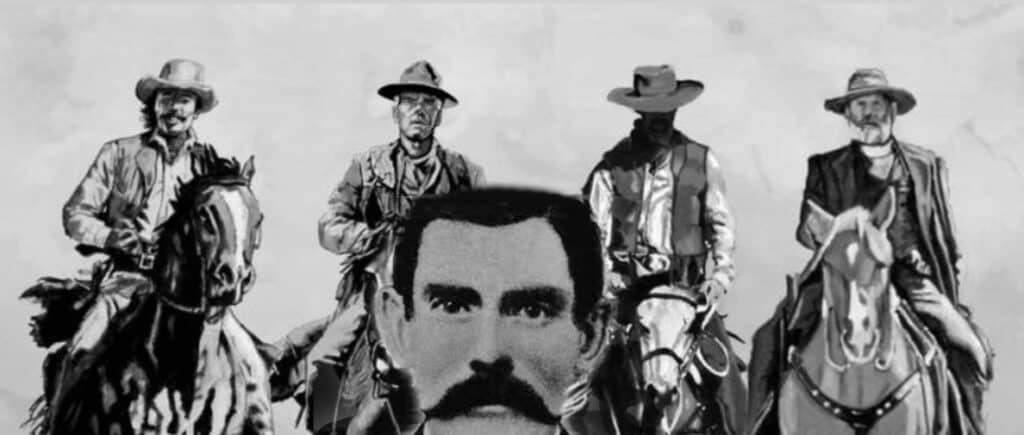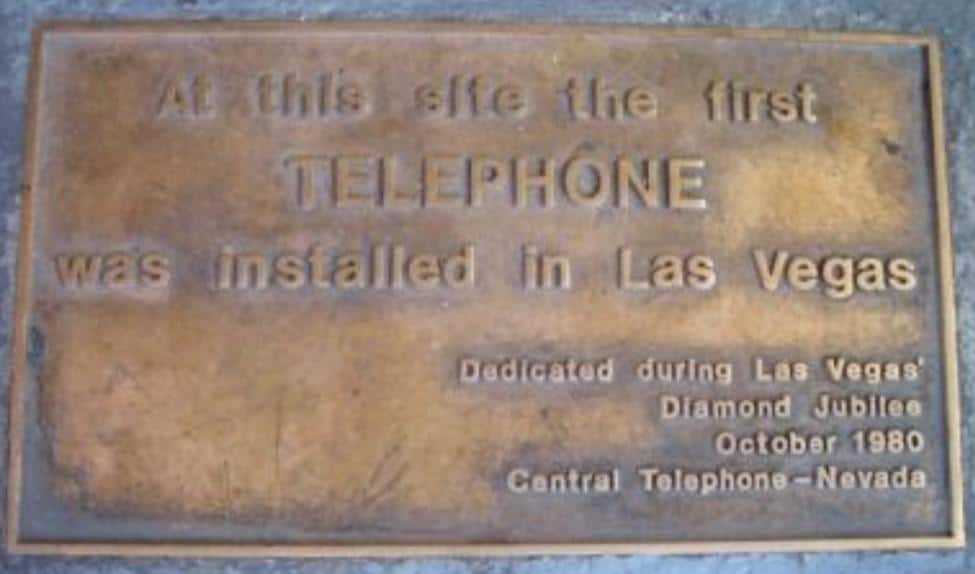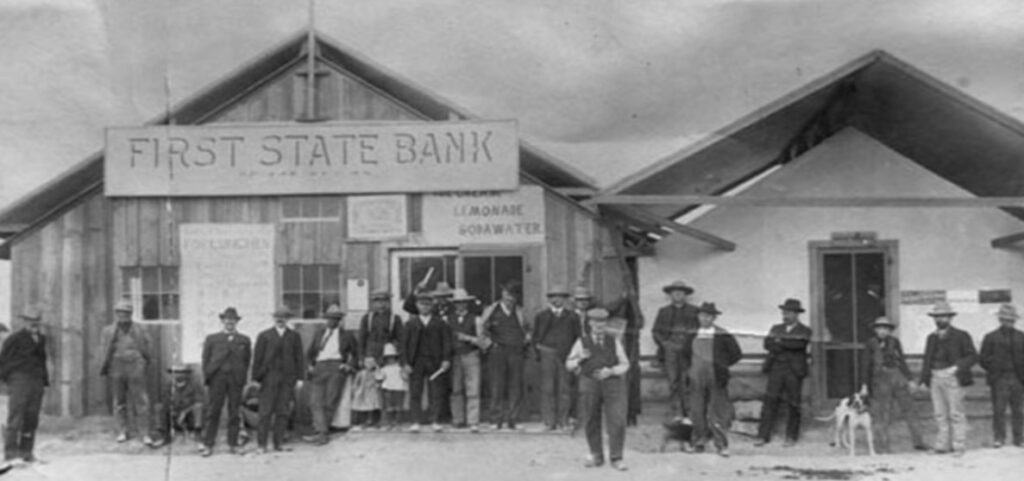
Unveiling the Rich History from 10,000 Years Ago
Forensic Anthropologist
In the days before Las Vegas was even a whisper, the Nevada desert, with its vast and awe-inspiring landscapes, holds a fascinating history that dates back thousands of years. From the mysterious Canyon petroglyphs to the presence of the Paiute tribal members as early as A.D. 700, this article delves into the captivating story of the Nevada desert, highlighting its ancient past and the enduring presence of indigenous communities.
Nestled within the arid expanse of Nevada, the desert regions have witnessed the passage of time, preserving traces of human existence and cultural heritage. Uncovering the secrets of this ancient land allows us to connect with the rich tapestry of history that has unfolded over the course of millennia.
The Nevada Desert, encompassing the vast expanse around the Las Vegas area and beyond, holds a rich and captivating history that dates back thousands of years. Exploring this remarkable region unveils a tapestry of ancient cultures, prehistoric civilizations, and remarkable archaeological discoveries. In this article, we delve into the deep-rooted heritage and fascinating stories that have shaped the Nevada Desert over the course of 10,000 years.
Native American Presence
Washoe Indians
The Nevada Desert has been home to Native American tribes for centuries. Tribes such as the Southern Paiute, Mohave, and Chemehuevi have inhabited the region, relying on its resources and adapting to the harsh desert environment. Their presence in the area can be traced back thousands of years, with evidence of their settlements and cultural practices found throughout the desert.
Prehistoric Desert Cultures
Before the arrival of European settlers, the Nevada Desert was inhabited by prehistoric desert cultures. These cultures, including the Fremont and Ancestral Puebloans, thrived in the desert landscape, leaving behind traces of their existence in the form of ancient ruins, pottery, and tools. These artifacts provide valuable insights into their daily lives, trade networks, and societal structures.
Archaeological Discoveries
Archaeologists have made significant discoveries in the Nevada Desert, unearthing clues about its ancient inhabitants. Excavations have revealed intricate cave dwellings, expansive cliffside settlements, and burial sites that shed light on the rituals and beliefs of the past. These discoveries have transformed our understanding of the region’s history and the civilizations that once called it home.
Rock Art and Petroglyphs
One of the most captivating aspects of the Nevada Desert’s rich history is its abundance of rock art and petroglyphs. These ancient forms of expression adorn the desert walls, telling stories of the past through intricate carvings and vibrant paintings. The rock art depicts scenes of hunting, spiritual ceremonies, and the desert’s wildlife, providing a glimpse into the lives of those who created them.
Ancient Tools and Artifacts
The Nevada Desert is a treasure trove of ancient tools and artifacts. Archaeologists have unearthed stone tools, arrowheads, and pottery shards, providing evidence of the resourcefulness and ingenuity of the desert dwellers. These artifacts offer insights into the technological advancements of the past and the challenges faced by these early civilizations.
The Influence of Climate
The desert’s climate played a significant role in shaping the lives of its inhabitants. The arid conditions presented both challenges and opportunities. Native American tribes and prehistoric cultures developed innovative techniques to cope with the limited water sources and extreme temperatures. Understanding the environmental factors that influenced their lifestyles deepens our appreciation for their resilience and adaptability.
Cultural Significance
The Nevada Desert holds immense cultural significance for Native American tribes and those interested in the region’s history. It serves as a link to the past, connecting us to the traditions, stories, and heritage of the people who walked the desert thousands of years ago. Exploring the Nevada Desert allows us to honor and preserve their legacy, fostering a deeper understanding of their contributions to the cultural tapestry of the region.
Las Vegas: A Historical Perspective
While Las Vegas is known for its vibrant nightlife and modern entertainment, it also has a rich historical background. The area that is now Las Vegas was once a vital stop on the Old Spanish Trail, a trade route connecting New Mexico and California. The arrival of the railroad in the early 20th century brought further development and growth to the region. Exploring the historical landmarks and museums in Las Vegas provides a glimpse into its fascinating transformation from a desert outpost to a bustling city.
The Modern Era
The Nevada Desert continues to evolve, blending its rich history with modern developments. Today, Las Vegas stands as a testament to human ingenuity and the desire for entertainment. The city’s iconic resorts, extravagant shows, and bustling casinos attract millions of visitors each year. However, amidst the glitz and glamour, the remnants of the desert’s ancient past still linger, reminding us of the enduring spirit and resilience of the people who came before us.
Exploring the Nevada Desert unveils a captivating tapestry of history that stretches back 10,000 years. From the Native American tribes that flourished in the region to the prehistoric desert cultures and the modern developments in Las Vegas, the desert landscape holds stories waiting to be discovered. By embracing its rich heritage and preserving its cultural significance, we can ensure that future generations appreciate the depth of history that lies within the Nevada Desert.
The Enigmatic Canyon Petroglyphs
One of the remarkable features of the Nevada desert is the presence of intricate petroglyphs carved into the canyon walls. These petroglyphs serve as windows into the past, depicting the lives and beliefs of the ancient inhabitants. The symbols and drawings etched onto the rock surfaces offer a glimpse into the spiritual, social, and cultural practices of the past communities.
Unravelling the Meaning
While some petroglyphs portray scenes of everyday life, others represent significant ceremonial events or mythical narratives. The interpretations of these ancient symbols require careful analysis and a deep understanding of the cultural context. Archaeologists and anthropologists diligently study these petroglyphs to decipher their meanings, piecing together the stories embedded within the intricate carvings.
The Canyon petroglyphs are a remarkable and enigmatic feature of the Nevada desert, capturing the imagination of archaeologists, anthropologists, and curious explorers alike. These intricate rock carvings offer a window into the lives and beliefs of the ancient inhabitants who once called this desert region their home.
The Canyon petroglyphs, often found etched onto the walls of canyons and rock formations, showcase a wide array of symbols, figures, and intricate designs. Each petroglyph carries its own unique story, presenting a visual language that has transcended time.
Scholars believe that the petroglyphs served multiple purposes for the ancient communities. They were expressions of artistic creativity, cultural identity, and spiritual beliefs. Some petroglyphs depict scenes from daily life, showcasing hunting, gathering, and communal activities. Others capture the rituals, ceremonies, and mythological narratives that held profound significance for the ancient people.
Deciphering the meanings and messages behind the petroglyphs requires a careful analysis and a deep understanding of the cultural context. Archaeologists and anthropologists diligently study these carvings, examining their motifs, patterns, and associated archaeological evidence to piece together the stories embedded within.
The interpretations of the petroglyphs are not always straightforward, as they often require cultural and historical context to fully grasp their significance. Different regions and tribal groups may have employed their own unique symbols and artistic styles, making it a complex task to decipher the exact meanings. The expertise of indigenous elders and cultural consultants is often sought to provide insights into the symbolism and cultural knowledge preserved within the petroglyphs.
The petroglyphs offer a tangible connection to the ancient past, allowing us to glimpse into the beliefs, practices, and traditions of those who lived in the Nevada desert thousands of years ago. They provide evidence of the enduring relationship between humans and the natural landscape, reflecting the deep spiritual connections and reverence for the environment.
Preserving and protecting these invaluable cultural treasures is of utmost importance. Efforts are made to ensure the petroglyph sites remain accessible to the public while implementing measures to prevent damage or vandalism. Education and awareness campaigns aim to promote responsible visitation, encouraging visitors to appreciate and respect these ancient artworks while leaving them undisturbed for future generations.
The Canyon petroglyphs continue to captivate researchers and visitors alike, serving as a testament to the ingenuity, creativity, and spiritual depth of the ancient people who left their mark on the Nevada desert. They stand as tangible reminders of the profound cultural heritage that enriches our understanding of human history and the enduring presence of indigenous communities in the region.
Las Vegas and Gambling History

Las Vegas History: Railroad Development Paved the Way for Las Vegas to Become the Gambling Capital of the World

Las Vegas History: Doc Holliday Famous Gambler Gunslinger and Resident of Las Vegas

Las Vegas History: How Las Vegas’ First Telephone Exchange Made Bugsy Siegel’s Race Wire Possible

Las Vegas History: The Official Naming of Las Vegas 1905

Las Vegas History: 1864 Las Vegas The Impact of Nevada Statehood

Las Vegas History: Las Vegas and It’s Vices in the 1850s
Frequently Asked Questions (FAQs)
1. What is the history of the Nevada Desert?
The Nevada Desert has a history dating back thousands of years, featuring Native American tribes, prehistoric desert cultures, archaeological discoveries, and a rich tapestry of ancient civilizations.
2. Which Native American tribes inhabited the Nevada Desert?
The Nevada Desert was home to tribes such as the Southern Paiute, Mohave, Chemehuevi, and Washoe Indians, with evidence of their presence dating back thousands of years.
3. What prehistoric desert cultures thrived in the area?
Before European settlers, the Fremont and Ancestral Puebloans were among the prehistoric desert cultures that thrived in the Nevada Desert, leaving behind ruins, pottery, and tools.
4. What archaeological discoveries have been made in the Nevada Desert?
Archaeologists have unearthed cave dwellings, cliffside settlements, burial sites, and various artifacts, providing insights into the daily lives and societal structures of ancient desert civilizations.
5. Tell me about the rock art and petroglyphs in the Nevada Desert.
The Nevada Desert is rich in rock art and petroglyphs, showcasing scenes of hunting, spiritual ceremonies, and wildlife. These ancient expressions offer a glimpse into the lives of the people who created them.
6. What are the Canyon petroglyphs, and why are they significant?
The Canyon petroglyphs are intricate carvings found on canyon walls, depicting symbols, figures, and designs. They serve as windows into the past, offering insights into the spiritual, social, and cultural practices of ancient communities.
7. How do scholars decipher the meanings of petroglyphs?
Deciphering petroglyph meanings involves careful analysis, considering motifs, patterns, and archaeological evidence. Cultural context is crucial, and input from indigenous elders and consultants is often sought for a deeper understanding.
8. What purposes did petroglyphs serve for ancient communities?
Petroglyphs served as expressions of artistic creativity, cultural identity, and spiritual beliefs. They depicted scenes from daily life, communal activities, as well as rituals and mythological narratives that held profound significance.
9. How are the petroglyph sites preserved and protected?
Preservation efforts include ensuring public access to sites while implementing measures to prevent damage or vandalism. Education and awareness campaigns promote responsible visitation, encouraging respect for these ancient artworks.
10. What is the significance of the Canyon petroglyphs today?
The Canyon petroglyphs connect us to the ancient past, providing tangible evidence of the beliefs, practices, and traditions of those who lived in the Nevada desert. They stand as reminders of the profound cultural heritage enriching our understanding of human history.





